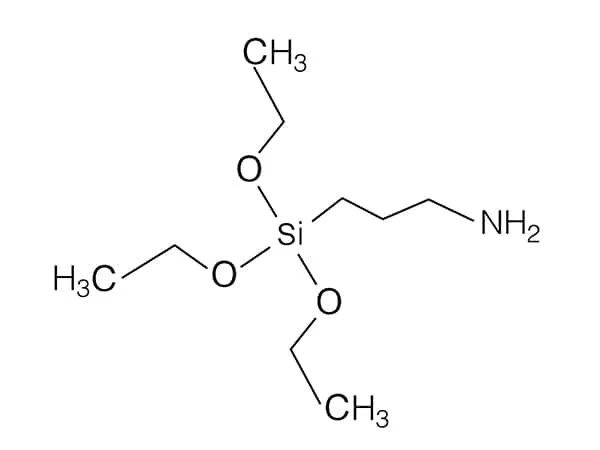We've installed several patches in the traffic deck of a parking garage and are now looking to apply a clear penetrating sealer to the deck to protect it from water and deicing salts. I've received recommendations from several sources to apply either a silane or a siloxane. What's the difference between these two types of sealers?
Silanes and siloxanes, the two most common penetrating sealers, are both derived from the silicone family. Despite being very closely related, they have significant performance differences. Unlike silanes, which require a high pH to catalyze, siloxanes are not dependent on substrate pH. Because of this, siloxanes are ideal for treating brick, stucco, and stone. Because silanes are made up of smaller molecules than siloxanes, they typically will obtain deeper penetration than siloxanes. As a result, silanes perform well under abrasion and weathering. A consequence, however, of this small molecular size is that silanes are relatively volatile. Therefore, the solids content of a silane product should be high enough to compensate for the loss of reactive material through evaporation during application and cure. Siloxanes, because they are less volatile, generally offer good water repellent performance at lower initial cost than do silanes. However, for concrete surfaces subjected to abrasive wear such as pavements and decks, treatment with a silane sealer will provide longer lasting protection. In regard to surface texture and color, treatment with silane sealers typically cannot be detected visually. Siloxane products may slightly darken the treated surface.
